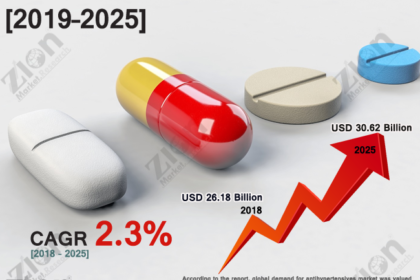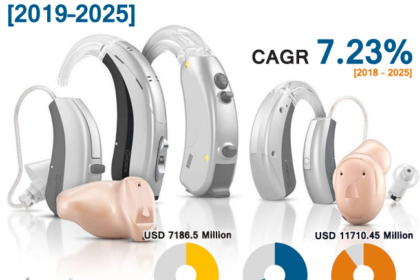Life science is a branch of the study of microorganisms including genetic, biochemistry, biotechnology, biomedicine, cell biology, and molecular biology. Life science tools comprise consumables, instruments, reagents, and other solutions. Apart from this, flourishing domains offer mass spectrography, sequencing techniques, and chromatography methodology.
The rapidly developing technology in the field of life science is one of the major factors driving the growth of the global life sciences tools market. Massive funding for innovating distinct systems for enhancing life science into the mainstream business will steer the upcoming market trends. The growing demand for life science across the pharma sector is likely to open several lucrative growth opportunities in the forthcoming years in the market. The growing drug addiction among people along with growing expenditure on healthcare materials all across the globe will further expand the scope of the market globally. The growing incidences of cancer and other chronic diseases will escalate the growth of the global life sciences tools market. Furthermore, there is a significant surge in hereditary disorders and birth defects all across the globe, which in turn is likely to promulgate the requirement of life sciences in their treatment. There is vigorous demand for gene analysis for the treatment and healing of chronic disorders which is likely to prompt the growth of the market in the next couple of years. The life sciences tools help in deciphering, monitoring, and diagnosing the disease progression thereby widening its scope.
The global life sciences tools market can be segmented into end-user, product, technology, and region.
By end-user, the market can be segmented into the industry, healthcare, biopharmaceutical company, government & academic, and others.
By product, the market can be segmented into transfection devices & gene delivery technologies, Sanger sequencing, nucleic acid microarray, nucleic acid preparation, PCR & qPCR, next-generation sequencing, microscopy & electron microscopy, cloning & genome engineering, flow cytometry, mass spectrometry, liquid chromatography, and cell culture system & 3D cell culture.
By technology, the market can be segmented into lab supplies & technologies, cell biology technology, proteomics technology, and genomic technology.
North America accounts for the largest share in the global life sciences tools market due to the presence of prominent market players in the region. Moreover, the presence of a well regulatory framework for the approval of genomics tests in the region is further likely to propel the growth of the regional market in the forthcoming years.
Some of the significant players in the global life sciences tools market are Zeiss International, Oxford Instruments plc, Bruker, Hitachi, Ltd., Shimadzu Corporation, Merck KGaA, QIAGEN, Thermo Fisher Scientific, Inc, Illumina, Inc., Danaher Corporation, Bio-Rad Laboratories, Inc., F. Hoffmann-La Roche AG, Becton, Dickinson and Company, and Agilent Technologies. To cite, the Hamilton Company in March 2020 launched two automated assay-ready workstations namely, MagEx STARlet and Prep STARlet. They are aimed to assist medical professionals conducting coronavirus research.





